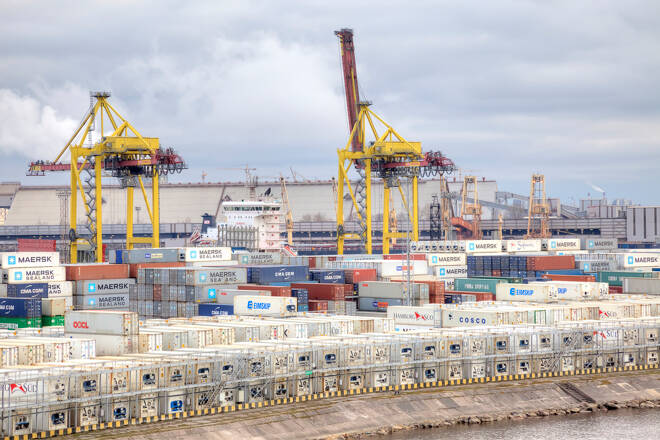Advertisement
Advertisement
UK Manufacturing PMI Survey Adds Brexit To Its List of Troubles
By:
Manufacturing sector activity contracted at a faster pace in December. The survey highlighted several concerns that supports the BoE's gloomy outlook.
It was a busier start to the day for the GBP/USD. Following the quiet first trading session of the year on Monday, the UK manufacturing sector was in the spotlight this morning.
In December, the Manufacturing PMI fell from 46.5 to 45.3, upwardly revised from a prelim 44.7.
According to the December survey,
- The manufacturing sector contracted for a fifth consecutive month in December, with the PMI at its lowest, excluding the pandemic period, since 2009.
- Production contracted for the sixth consecutive month, with the rate of decline one of the steepest in the last 14 years.
- New work continued to tumble, reflecting weak domestic and overseas demand.
- Firms cited weak global economic conditions for the weak demand from abroad, with Brexit pushing some EU clients to source products from elsewhere.
- Manufacturing companies reduced headcounts for the third consecutive month and at the most marked pace since October 2020.
- Inflationary pressures eased, with input and output price pressures softening.
While reports of inflationary pressures softening were positive, there will be concern over falling demand from the EU due to Brexit-related issues that could become a longer-term issue for UK manufacturers.
Today’s PMI followed China’s all-important Caixin Manufacturing PMI, which also contracted at a more marked pace. However, the markets were more forgiving earlier in the day, with China’s move away from zero-COVID raising hopes of a rebound in manufacturing sector activity.
For the UK economy, the latest numbers align with the gloomy outlook. In November, the Bank of England warned the UK was facing its lengthiest recession on record, which will question the Bank of England’s maneuverability to bring inflation to target.
GBP/USD Price Action
Ahead of today’s PMI, the GBP to USD tumbled from a pre-stat high of $1.20851 to a pre-stat low of $1.19007.
However, in response to the better-than-expected PMI, the GBP to USD rose to a post-stat high of $1.19447 before easing back.
At the time of writing, the Pound was down 0.98% to $1.19293.
The US Session
It is a quiet day ahead on the economic calendar, with the finalized Manufacturing PMI for December in focus. We expect market sensitivity to any revision to prelim numbers. The dollar was on the charge this morning, with the markets expecting a hawkish set of FOMC meeting minutes tomorrow.
Investors should also look out for any FOMC member commentary. Following the holidays, the markets are looking for a response to the latest round of economic indicators.
About the Author
Bob Masonauthor
With over 28 years of experience in the financial industry, Bob has worked with various global rating agencies and multinational banks. Currently he is covering currencies, commodities, alternative asset classes and global equities, focusing mostly on European and Asian markets.
Did you find this article useful?
Latest news and analysis
Advertisement
